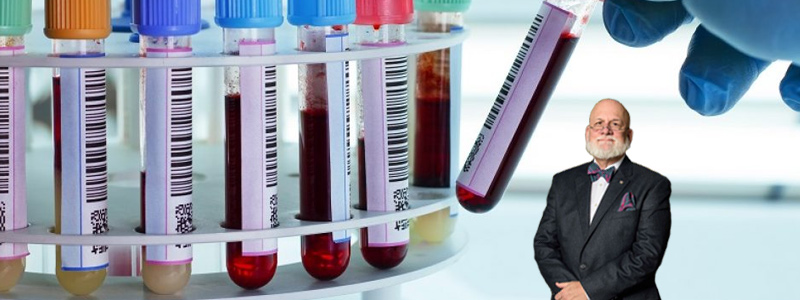Pharmacists often talk to their customers. One refrain that seems woven throughout every conversation about prescriptions is both a question and a complaint. People ask, “Why do I have to take these medicines for the rest of my life when I feel so bad using them.” They can complain about being “in a fog” or that their joints and muscles hurt, or that they can’t sleep. When asking their doctor for changes or help, the common reaction is to “try a different” brand of the same basic medicine.
In good faith, most patients make the annual pilgrimage to “the doctor” where they are measured, poked, prodded, and tested. Samples of their bodily fluids are sent off to a laboratory someplace and their numbers are recorded. While the initial conversation with the doctor might begin, “Well, how are we feeling”, the focus quickly shifts to comparing the patient’s numbers with everyone else – and all discussions about how “we’re feeling” vanish. It seems the trek to the annual exam is designed to discover test results that define the visitor as a disease-ridden patient. Where all had seemed well, passing into the realm of modern medicine proved otherwise. We find out the cholesterol numbers are higher than the doctor would like or the scan indicates one or another PRE-CONDITIONS (pre-diabetes, osteopenia, and so on). No, the visitor doesn’t have anything but they might – someday down the line – and they were feeling fine until the testing began. Various tactics are engaged to convince the visitor to the doctor that it’s vital to follow orders, take the medicine, and report back in a few months for a follow-up.
Our modern medicine system seems driven by test results instead of an insistence on being well – where how a patient feels about their person is at the core of the practice. Lab tests do little more than compare one moment in our life to the compiled results of tens of millions of other people. When our personal results fail to fall into some model of normal, we find that the only recourse is to be prescribed a drug that is supposed to drive their “numbers” closer to an approved range of values.
Shortly after the prescriptions are handed out, a pharmacist enters the picture, filling the orders, preparing insurance claims, and collecting co-pays (the fees that always seem to go up rather than down). The costs seem to make the situation worse, “I felt fine, now I have to pay for the opportunity to feel poorly – because my test results weren’t in the normal range.
Remember one detail. Nobody is under an obligation to follow the orders from their doctor. Sure, it’s usually best to believe the doctor has your best interest at heart when ordering. It is also vital to understand that there could be something else in play. Some prescribers might be following a standard protocol where everyone with certain test results has prescribed a drug, regardless of how the patient feels.
Prescriptions are strong recommendations, but they cannot be the final word in a world where each person (except minors, and prisoners) has a choice in their own health care. There’s no requirement that a person must always be in agreement with their prescriber – especially when the effects of treatment are worse than the so-called problem the prescription is treating. This is not about temporary unpleasant side effects (stitches and post-op pain come to mind) but there’s no rationale in causing a person to suffer every day, year after year.
It’s difficult to make decisions but doing so is a right and a duty.

